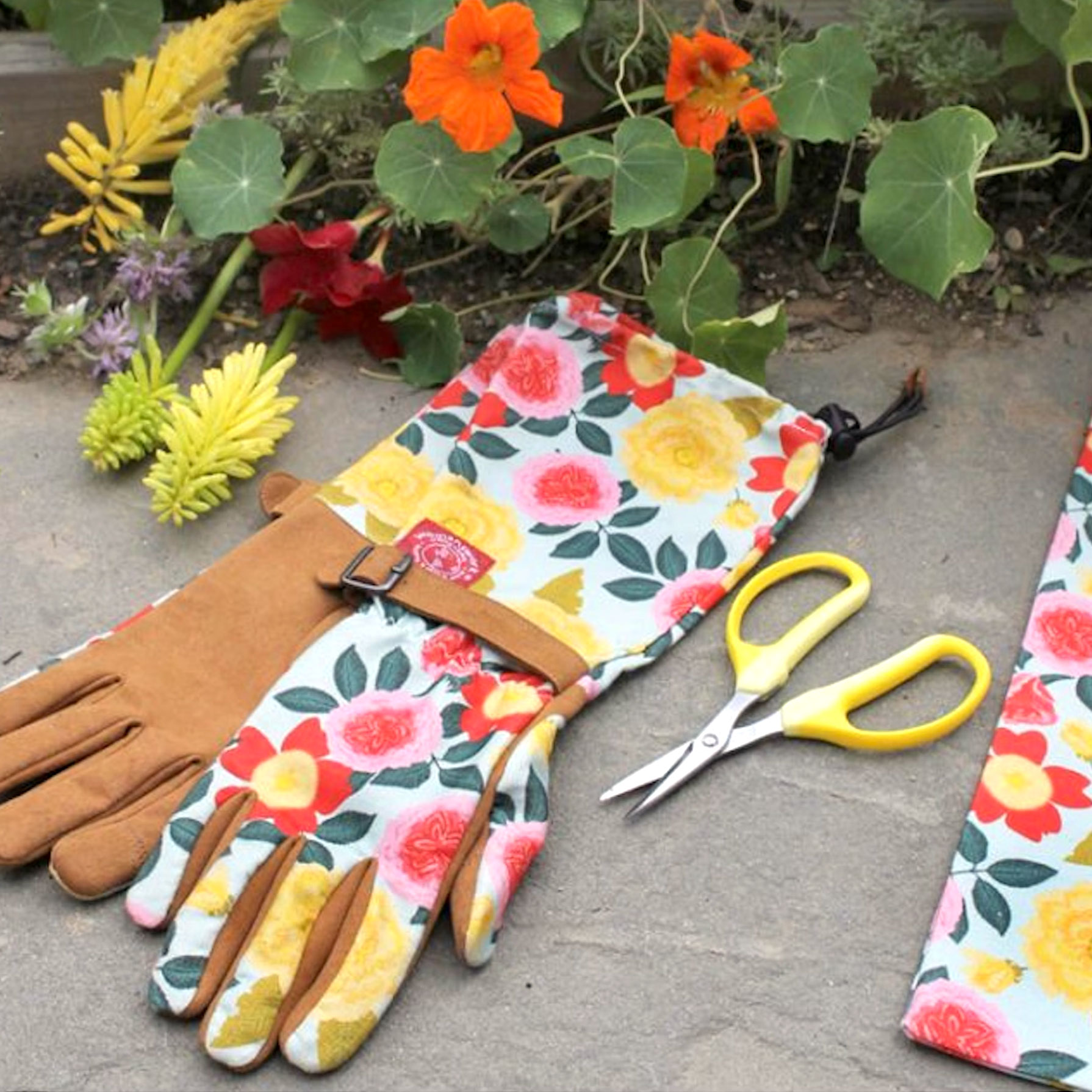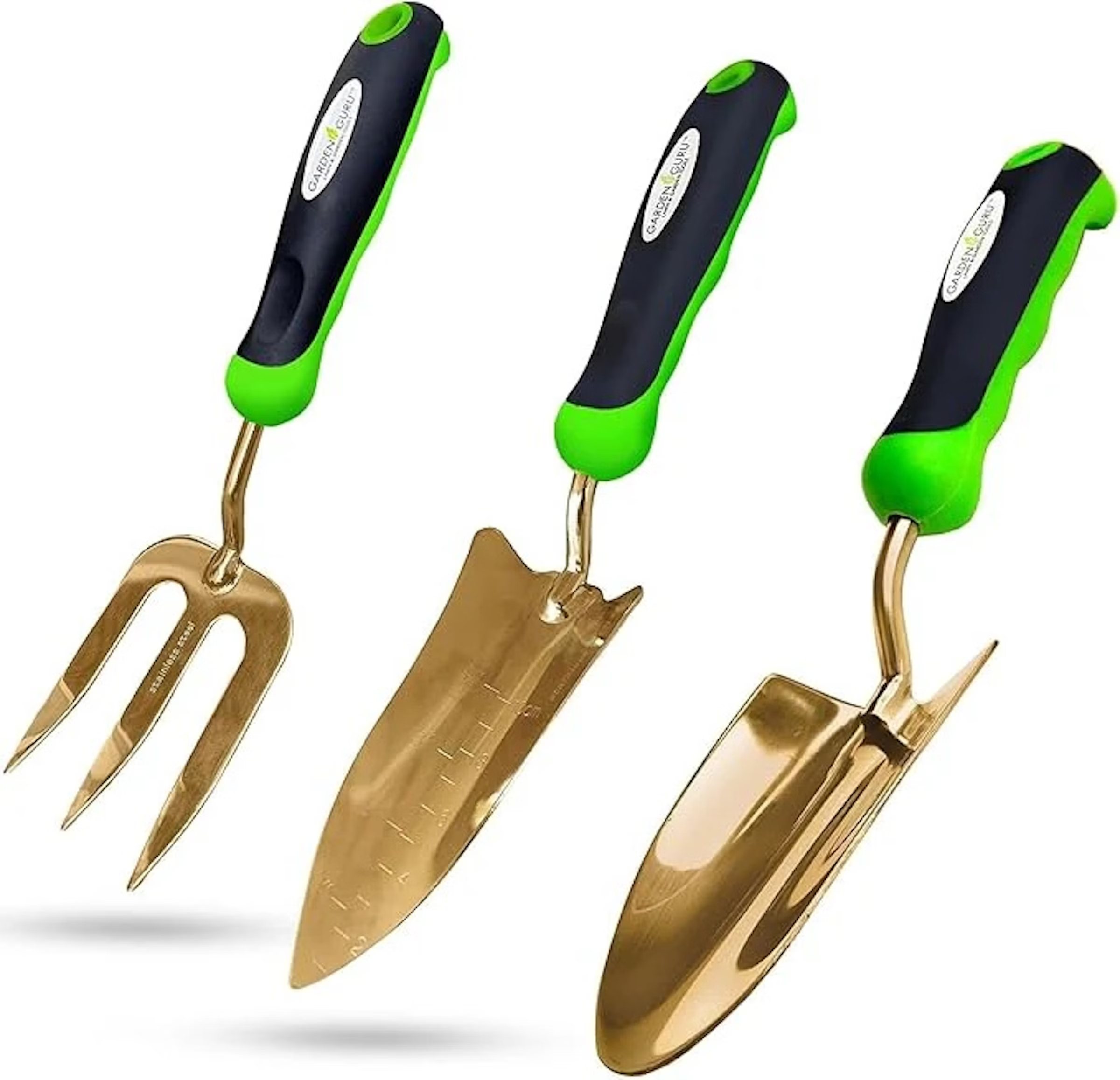Worried About Weeds? Meet 8 Common Types Of Weeds – Plus, How To Get Rid Of Them
Are you constantly waging a war on weeds and struggling to distinguish one from another? Here’s a guide to the most common types of weeds and how to fight them
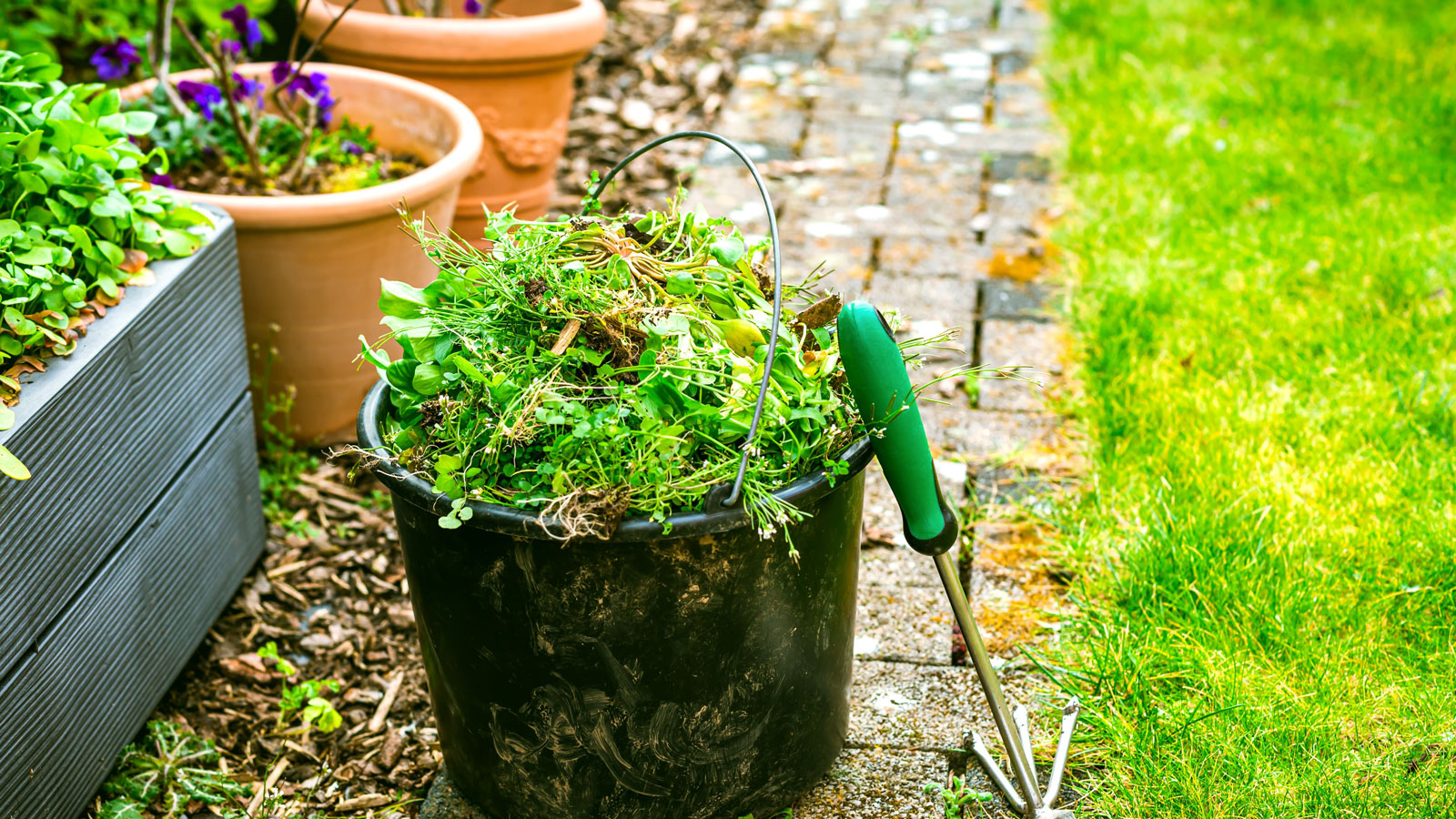

Bonnie L. Grant
There are so many types of weeds, it can be exhausting for us gardeners to keep up. Garden weeds present an ongoing challenge – not only are they often unsightly, but they can also choke out the results of our hard work, outcompeting plants and crops we actually want in the garden. That’s why many of us spend countless hours (and money) on weed control methods designed to suppress or eradicate weeds.
Before you spend money or your valuable time fixating on weed eradication, keep reading to learn about some of the most common weeds you are likely to see in your garden; along with some tips on how to best manage and control them.
Identify the Most Common Types of Weeds
A common definition of a weed is any plant you don’t want that is growing where you don't want it to grow. This oversimplified designation should go further to explain that many common garden weeds can be poisonous or invasive. There are many basic weeds that are a nuisance and can quickly take over a garden if left unchecked.
There are several effective methods for controlling the spread of various types of weeds, ranging from planting flowers to deter weeds to the use of herbicides. However, to keep on top of weeds in your yard, you may need to deploy multiple methods of weed control.
1. Common Purslane
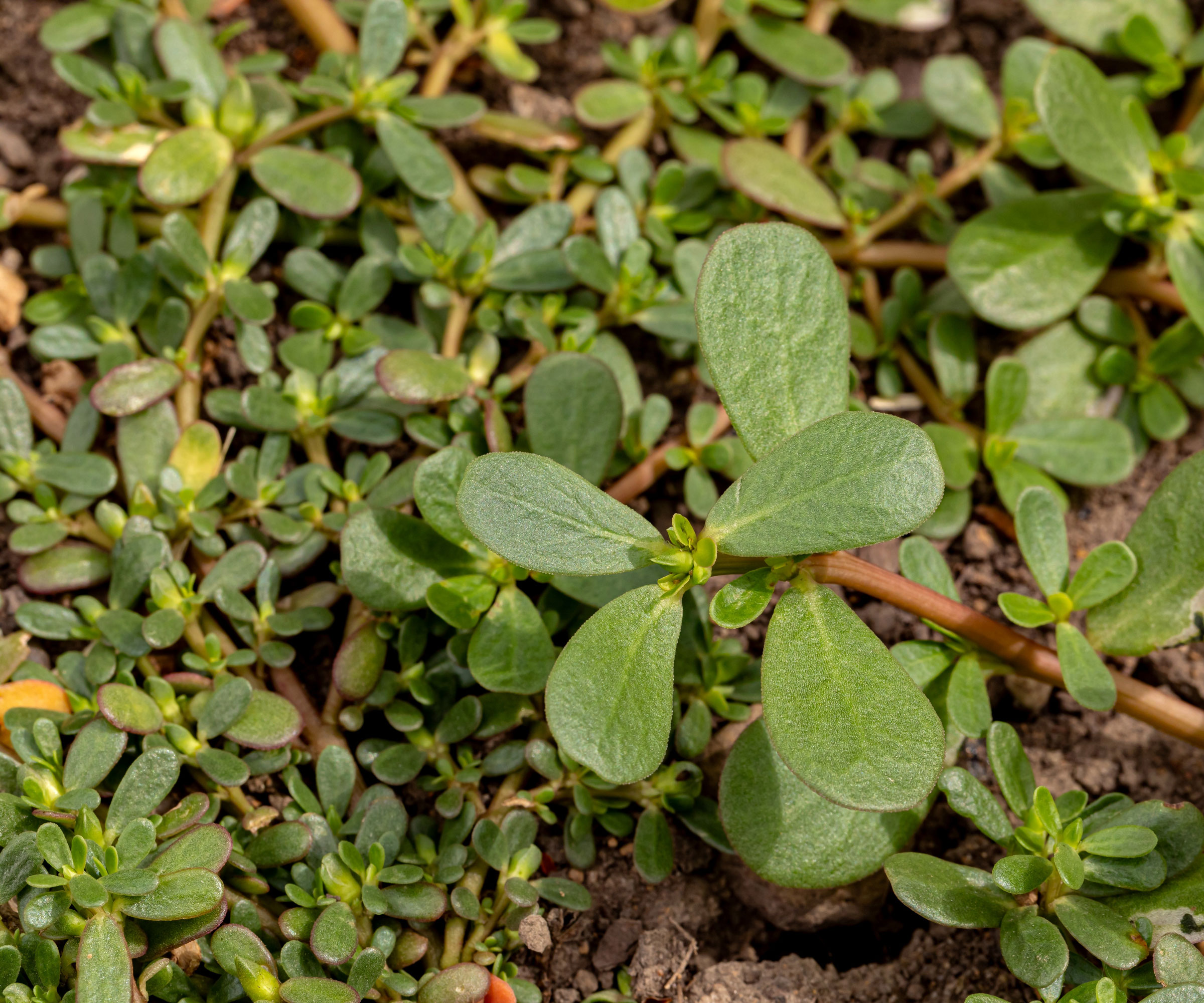
Common purslane is a major weed found in over 50 crops that also thrives in lawns. It has oval, fleshy, succulent-like leaves and tiny yellow blooms. Purslane is an annual that produces seeds that can remain viable for 20-40 years! This weed is difficult to control and eradicate. Mechanical cultivation is often tricky, even with the best weeding tools, since the slightest hint of root fragment or stem left behind will regrow.
How to Control: Flaming or digging out entire plants can help control purslane spread, but the use of mulches and weed barriers like thick black plastic are more effective. There are some great weed barrier fabric options at Amazon to help keep weeds like purslane from taking hold. This common weed can also be controlled using pre-emergent or selective herbicides according to the manufacturer’s instructions.
2. Crabgrass
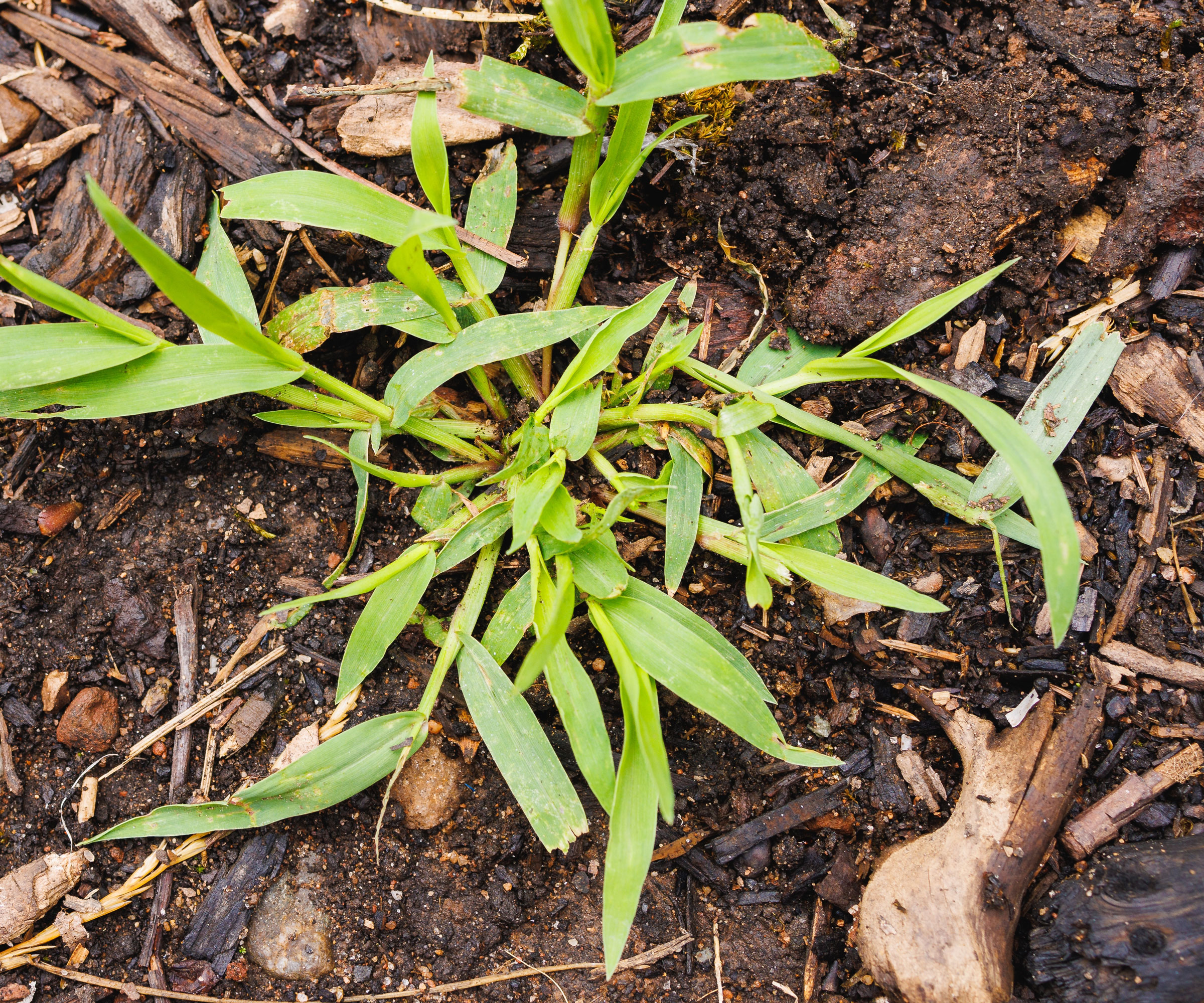
Crabgrass has naturalized itself throughout North America. This annual warm season grass tends to establish in barren areas of lawn during the hot summer months. In the South, crabgrass is considered to be a valuable forage in pastures, but most gardeners wish to control crabgrass and ultimately eradicate it. A coarse textured, yellow-green grass, several types of crabgrass weed reproduce solely from seed that can remain dormant and viable for three years in the soil.
How to Control: Maintain a healthy lawn with a regular mowing routine or a weed eater such as the Senix Cordless Weed Eater and Grass Trimmer from Walmart to deter the establishment of crabgrass. Reseed any bare spots in the turf and apply a mulch along with consistent light irrigation. Otherwise, a selective pre-emergent herbicide prior to germination, or a post-emergent herbicide during the growing phase, can help control crabgrass.
Sign up for the Gardening Know How newsletter today and receive a free copy of our e-book "How to Grow Delicious Tomatoes".
3. Canada Thistle
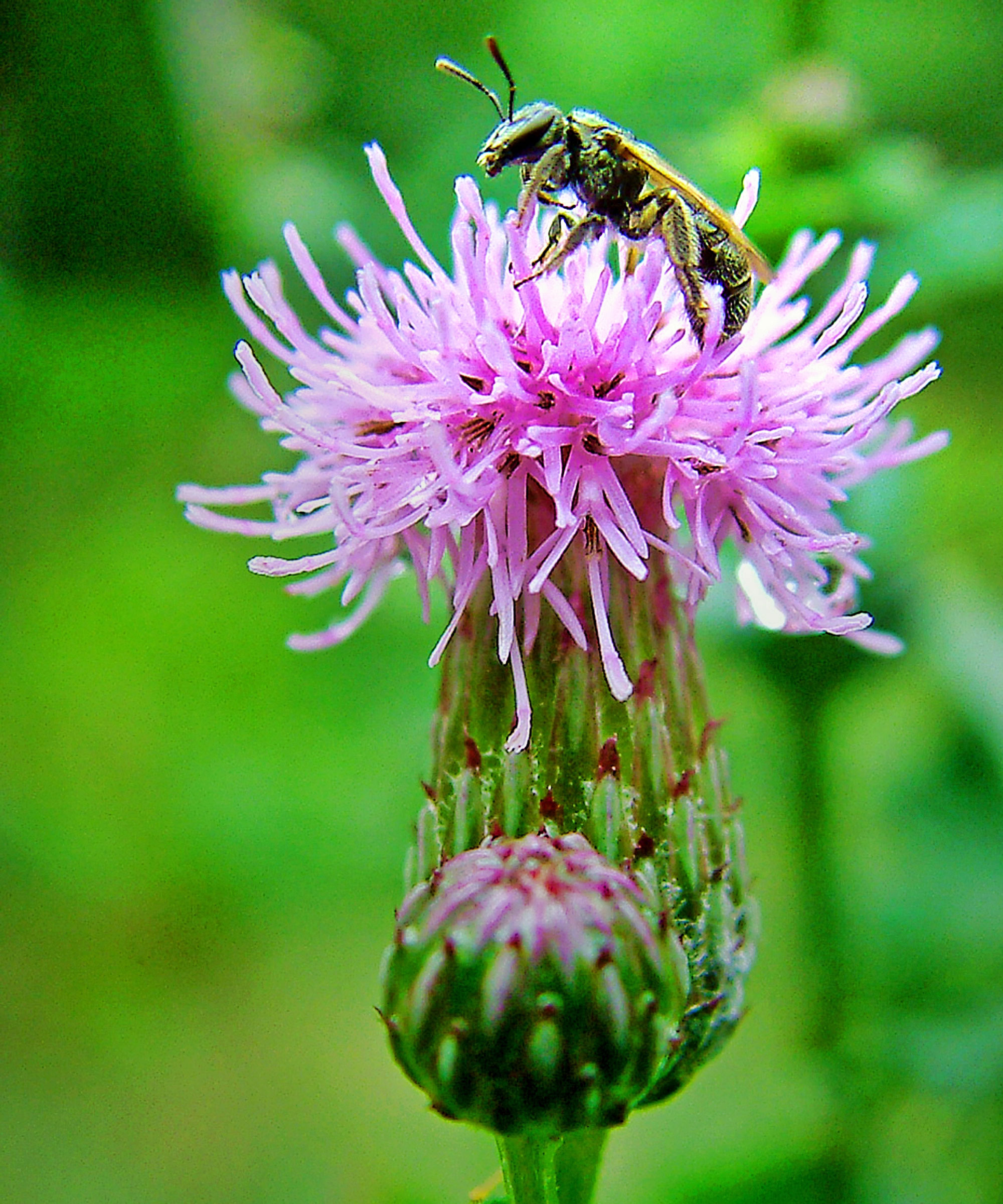
Canada thistle is so abhorred, it is listed as a noxious weed in 43 states. Spreading through rhizomes or wind blown seeds, Canada thistle emerges in mid to late spring, matures to a height of 2-4ft (60cm-1.2m) and then blooms in July to August. Canada thistle has a deep taproot, alternate spiny or toothed green leaves, and smooth stems. Its seeds remain viable in the soil for up to four years.
How to Control: With a root system that can extend 15ft (4.5m), Canada thistle weeds are difficult to control through manual digging. An herbicide might be needed to eradicate Canada thistle, and even then you need to be prepared to apply this more than once. Try a two-part approach – a fall and early spring application of herbicides combined with pre-bloom mowing through the growing season. Incredibly, one of the best ways to reduce the risk of this weed is to improve soil fertility to make conditions less appealing for Canada thistle.
4. Bindweed
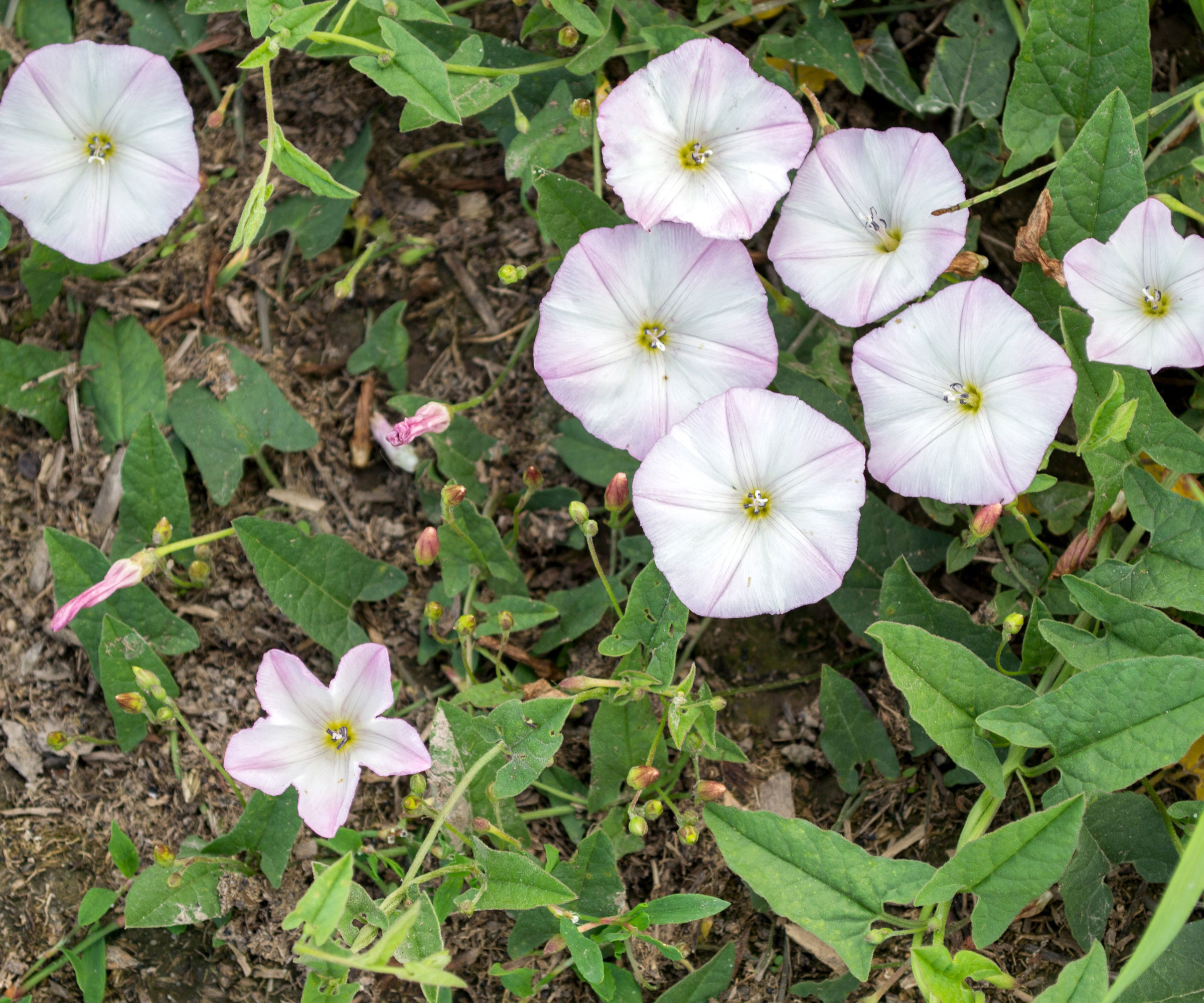
Bindweed is a broadleaf perennial weed with arrow shaped leaves and a vining habit that can grow to 6ft (1.8m). Blooming with white to light pink blossoms, much akin to morning glory, this plant is incredibly resilient which makes controlling bindweed notoriously difficult. A heavy and regular application of mulch can help to prevent the establishment of bindweed.
How to Control: Don’t bother to try and dig bindweed out. A better idea is to outwait the plant by snipping it off at soil level. Eventually, this technique will render the weed incapable of photosynthesizing and it will die. Otherwise, the use of non-selective chemical herbicides to kill root systems is the only way to eradicate bindweed.
5. Prostrate Spurge
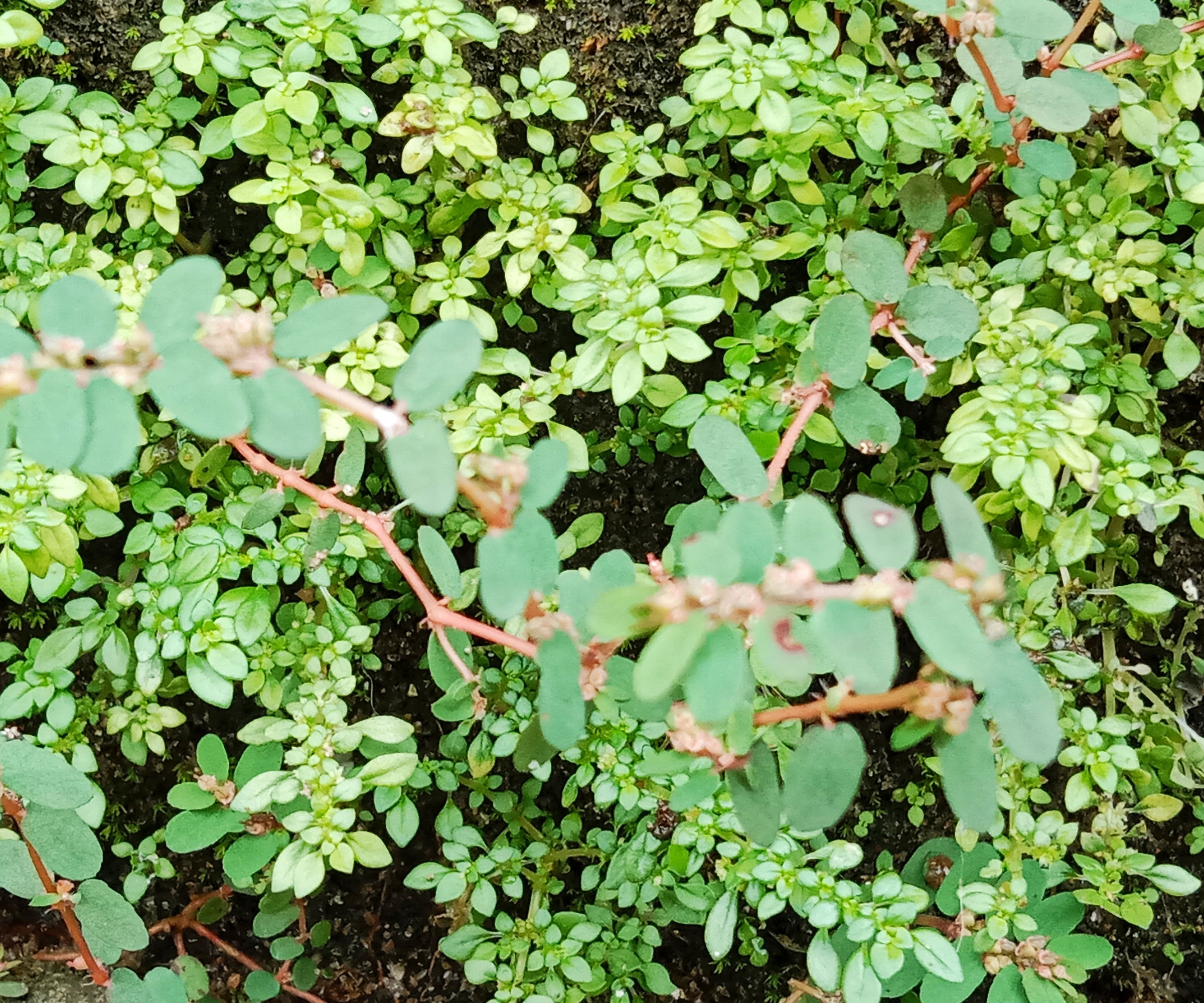
Prostrate spurge is a low growing broadleaf annual weed that forms dense mats of purple to green foliage An equal opportunity weed, spurge can be found in lawns, areas of barren, dry soil and elsewhere in the landscape.
How to Control: Hand-pull weeds when they are immature or spot-treat with herbicide. Mulching can help prevent the establishment of this weed. Try a 2-3in layer of Scotts Nature Scapes Mulch from Lowes to prevent this weed taking hold. You can also use a pre-emergent herbicide on lawns.
6. Yellow Salsify
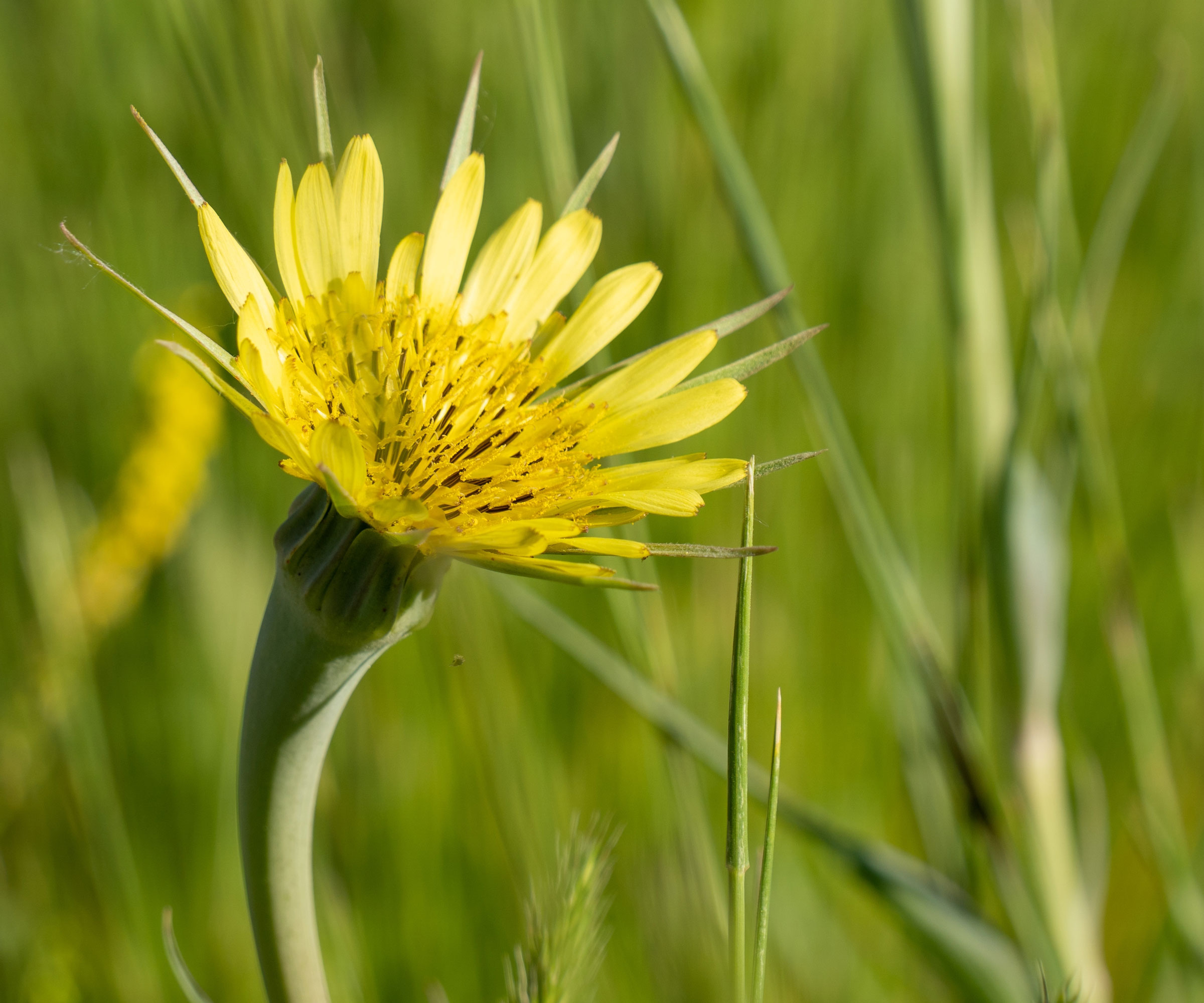
The seed puffballs may confuse you, but otherwise yellow salsify looks nothing like a dandelion. Growing up to 3ft (1m) in height and 2ft (60cm) across, yellow salsify is notable for its gray/green leaves as well as the aforementioned puffball of seeds following the weed’s yellow blooms.
How to Control: Found throughout sun filled areas of the landscape, mulching can help prevent the establishment of salsify. But you need to take care not to make careless mistakes with mulching. Otherwise, dig up plants on a regular basis using a trowel or hori hori knife. Try weekly intervention with the Garden Guru Hori Hori Knife from the Gardening Know How Shop to weaken emerging weeds. Alternatively, apply a post-emergent herbicide.
7. Lawn Burweed
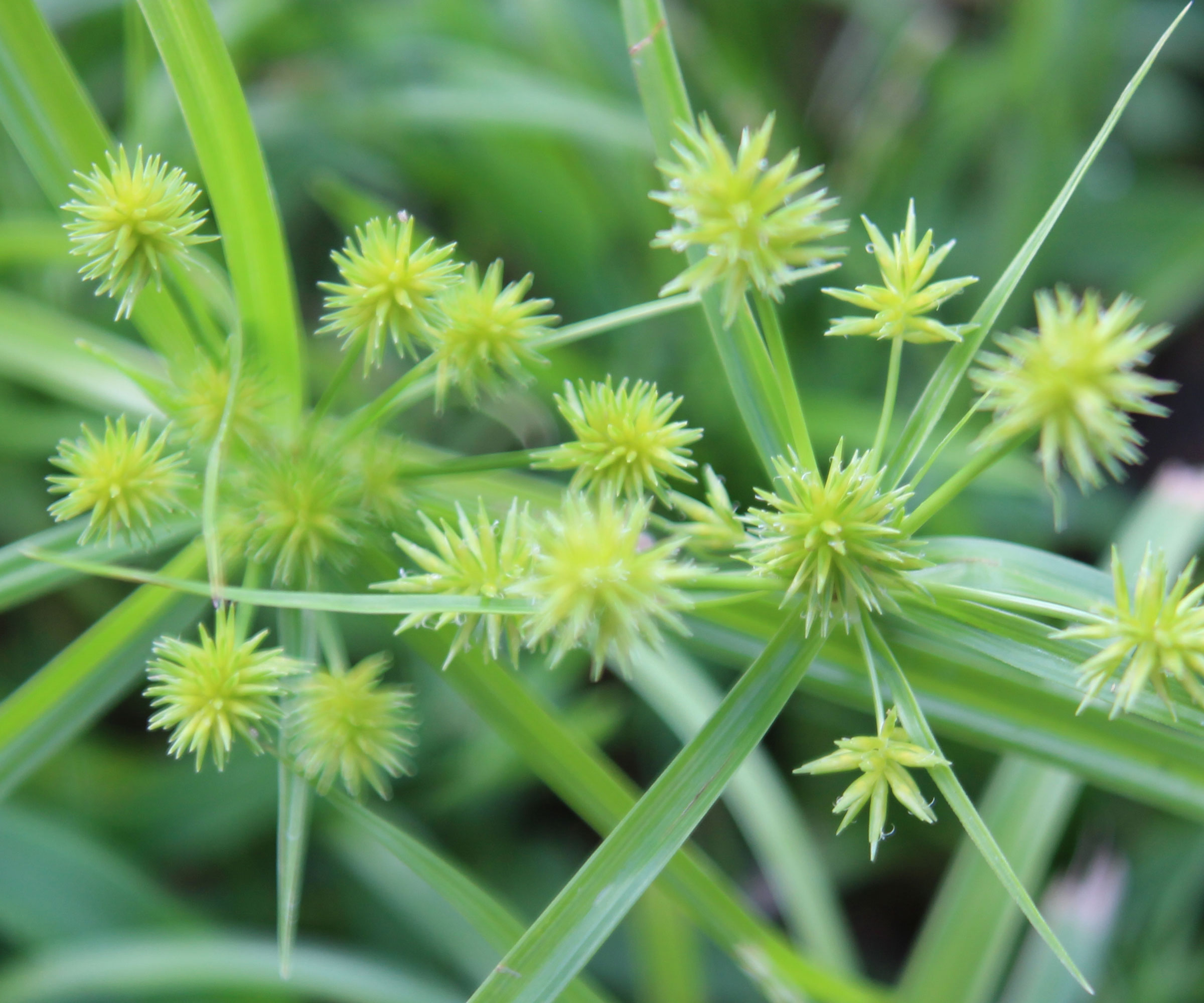
Described as the spawn of Satan, lawn burweed is found primarily in the southern and western states. A winter annual, burweed is also called spurweed or stickerweed due to its needle-like seeds that stab unsuspecting walkers’ feet. A low growing plant, burweed has small feathery parsley-like leaves on upward rosettes. Also known as bindi patches, this weed is now listed as an invasive plant in parts of the US, Australia, and New Zealand.
How to Control: Larger plants can be pulled out at the root prior seeding. Otherwise, you can control spurweed with herbicide applications in late winter and early spring. Aerating of the soil and mowing at a higher level can also reduce the incidence of lawn burweed.
8. Pokeweed
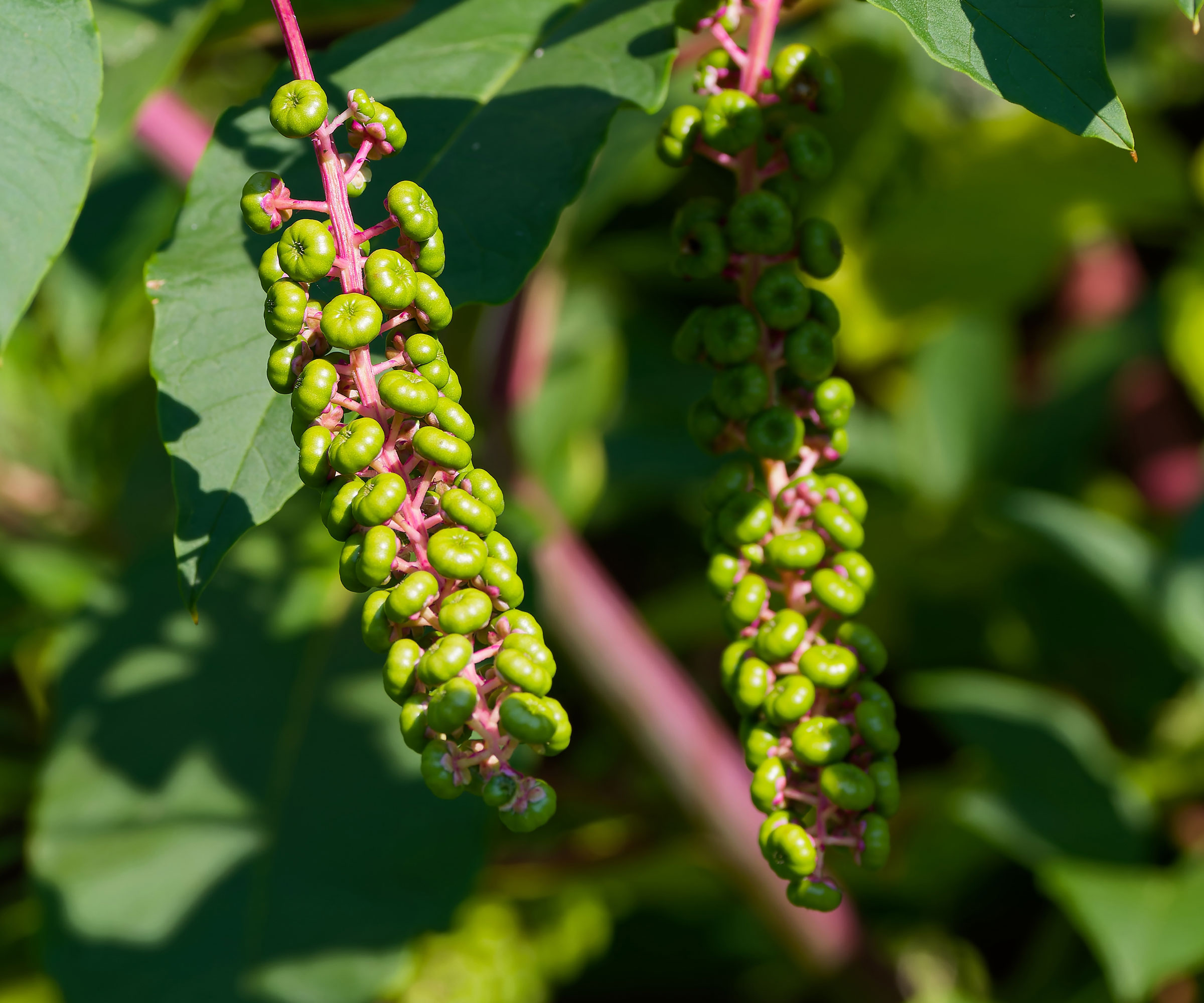
Pokeweed has been established all over the United States, where it can grow up to 10ft (3m) tall. This large weed has light green leaves and clusters of white flowers that give way to dark purple berries – indeed, its visual elements can make it strangely appealing to some gardeners. With a deep taproot and the ability to produce 1,500-7,000 seeds per year, pokeweed can be difficult to control, however, a deep layer of mulch can prevent its establishment.
How to Control: Before the weed has established, when it is young, it can be dug out or spot-treated with herbicide. Gather and destroy any berries left behind after the plants are removed – or this weed will definitely come back.
Frequently Asked Questions
What are the best ways to tackle weeds?
If you know that something is a weed, get to it while it is still young. Weeds like dandelions can grow long tap roots when mature. Even deep digging may leave a piece of root from which the plant will re-grow. But if you get to the weed when it is still tiny, the roots are much more accessible, weaker, and easier to remove in full. You have to be committed to regular weeding on a weekly basis with the likes of dandelions, clovers, thistles and so on.
What are the best ways to control weeds?
Using a thick layer of mulch around beds can prevent many weeds from taking root, and makes those that do much easier to remove. Be careful when purchasing mulch or other amendments to buy weed-free products. Water wanted plants directly rather than spraying an entire bed. You also need to keep clogs and tools clean to prevent spreading weed seeds.
This article features products available from third party vendors on the Gardening Know How Shop. Keep in mind that our plant inventory is limited - so if you’re thinking of purchasing, don’t wait!

Amy Grant has been gardening for 30 years and writing for 15. A professional chef and caterer, Amy's area of expertise is culinary gardening.
- Bonnie L. GrantWriter
